Order: Lamiales. Family: Scrophulariaceae
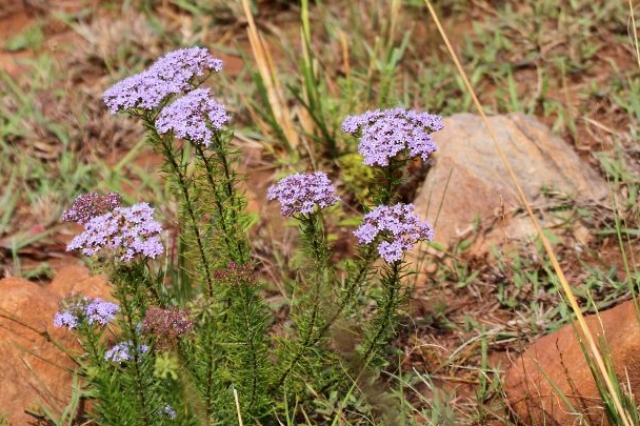 © Duke
© DukeIthala Game Reserve, KwaZulu-Natal
Description
Perennial dwarf shrub, erect, up to 75 cm high, stem single or slightly branched; almost hairless throughout. Leaves spreading, close-set, with axillary leafy short shoots, up to 3 cm long x 3 mm wide, sharp-pointed, sometimes with few or several short sharp teeth. Inflorescence terminal, convex or dome-shaped, compact, many-flowered, up to 10 cm diam. Corolla white, pink or mauve, protruding from calyx, widening upwards.
Distribution
Swaziland and South Africa (KwaZulu-Natal, Mpumalanga).
Habitat
Rocky wooded grassland.



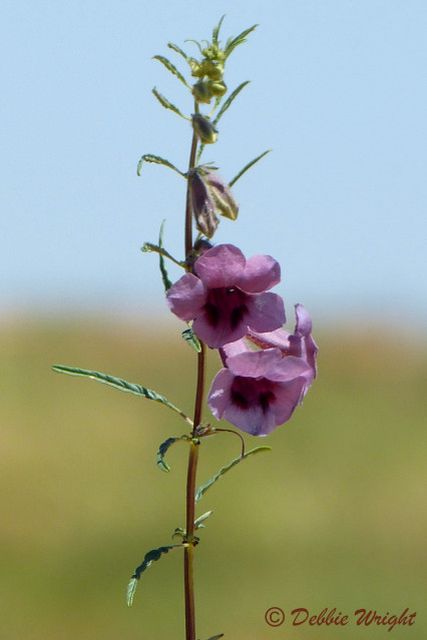 © GavinW & Debbie Wright
© GavinW & Debbie Wright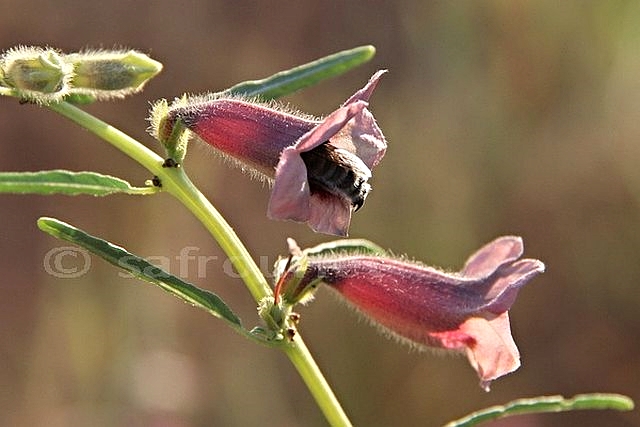 © nan
© nan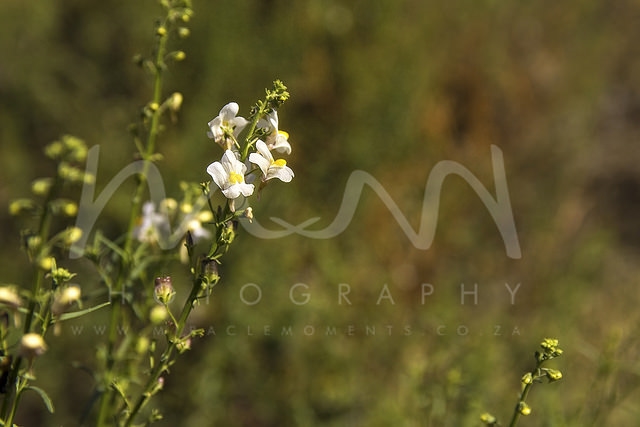 © Michael de Nysschen
© Michael de Nysschen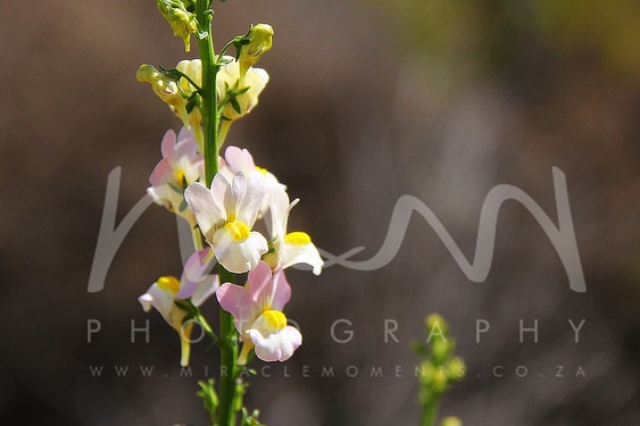 © Michael de Nysschen
© Michael de Nysschen © Pumbaa
© Pumbaa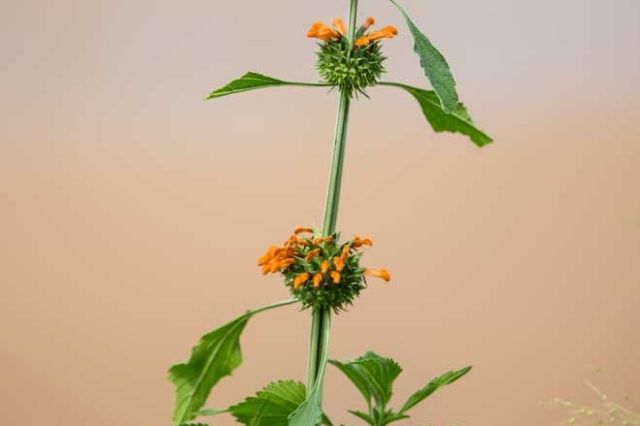 © Pumbaa
© Pumbaa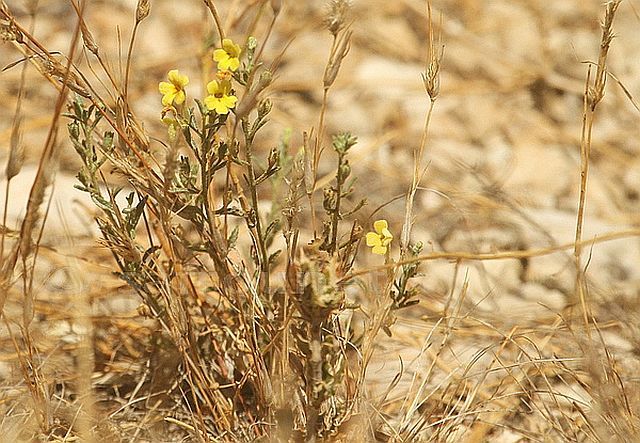 © nan
© nan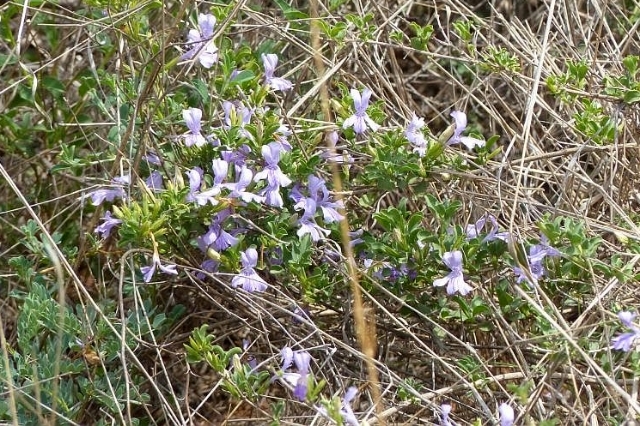 © arks
© arks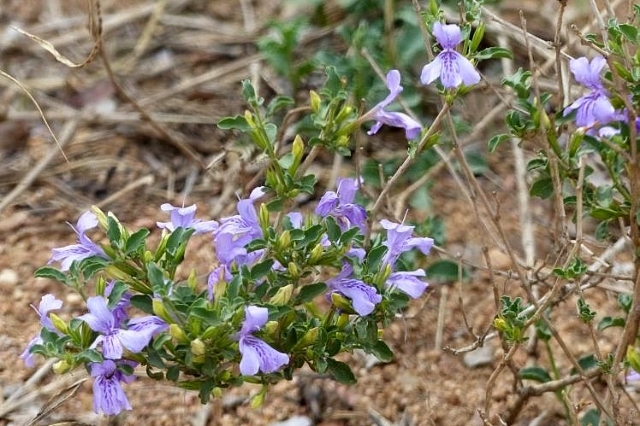 © arks
© arks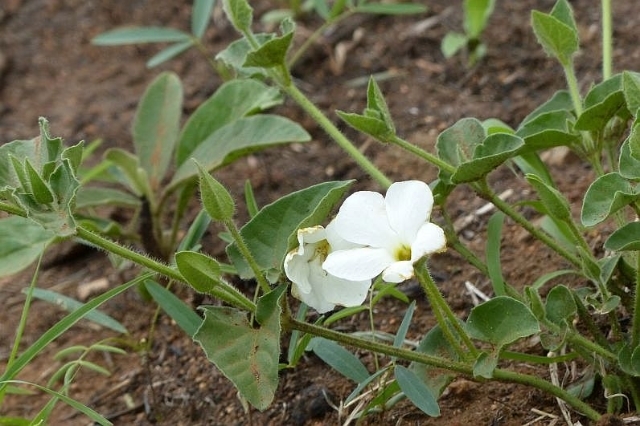 © arks
© arks © arks
© arks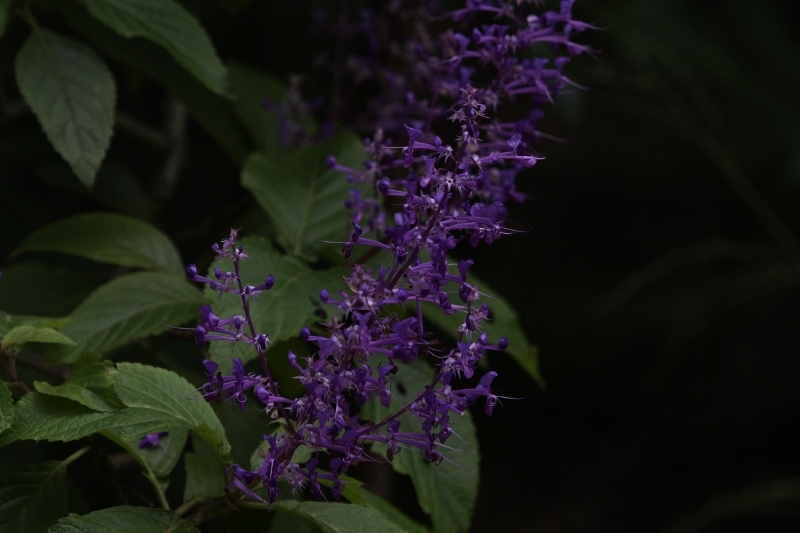 © Tina
© Tina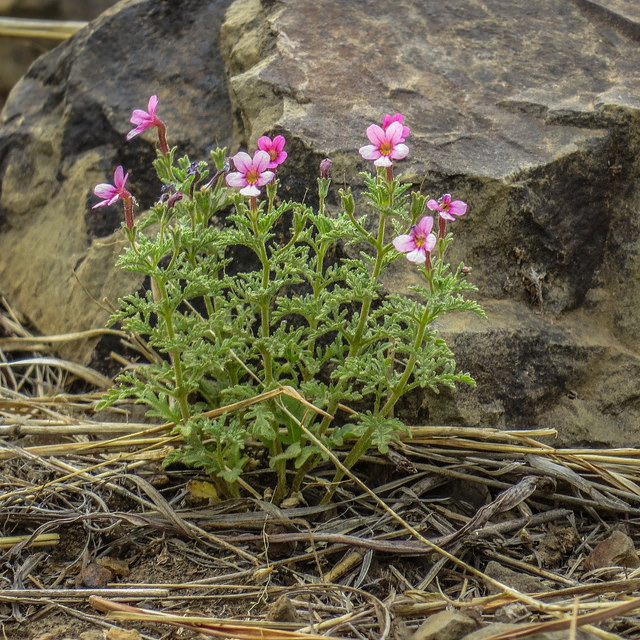 © steamtrainfan
© steamtrainfan © arks
© arks